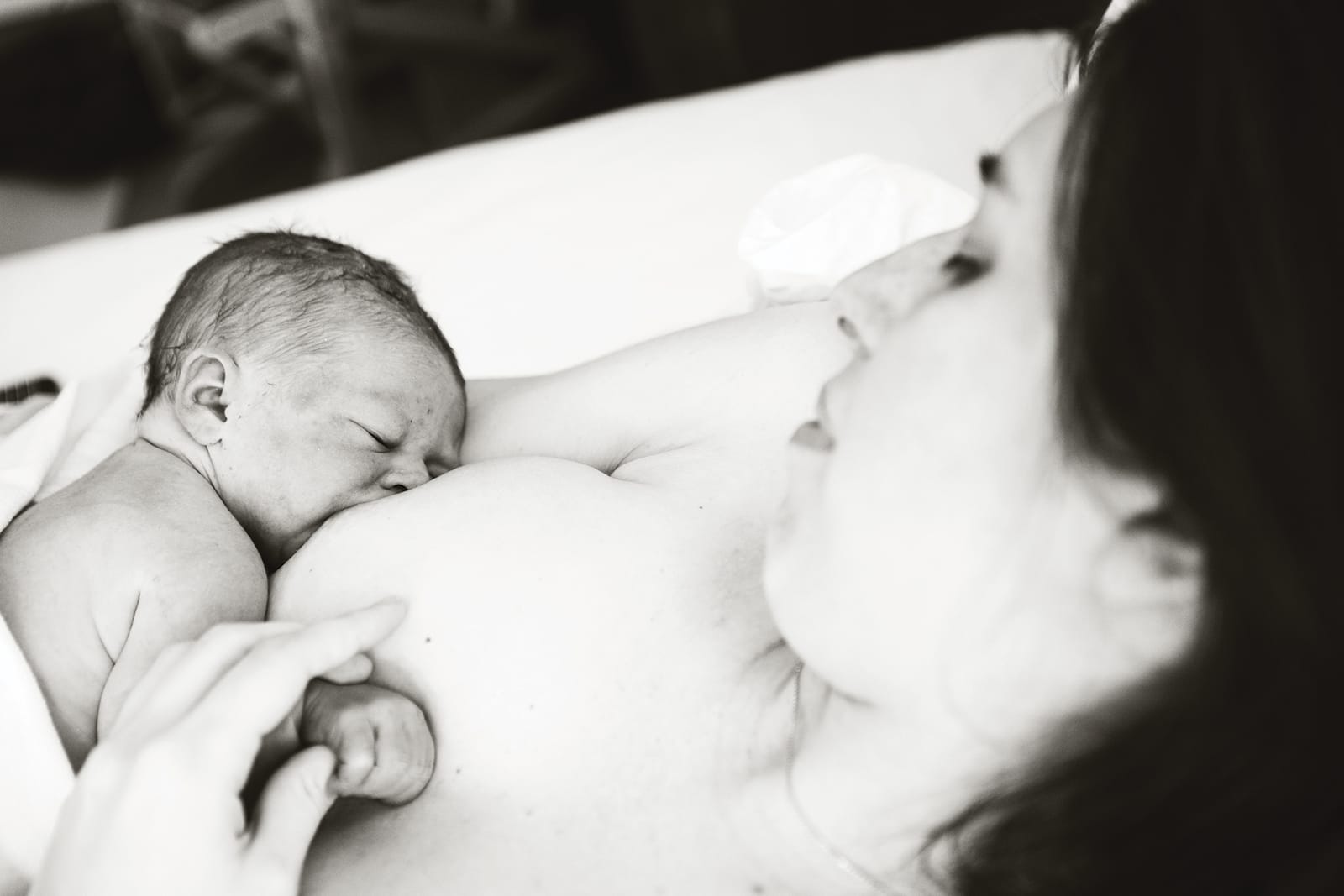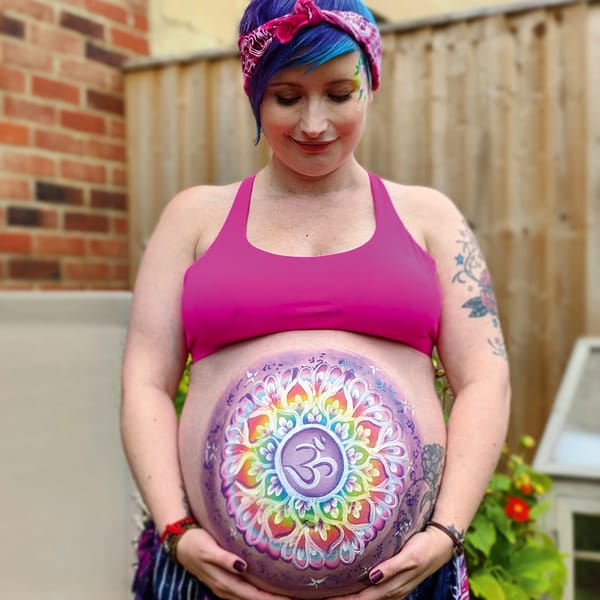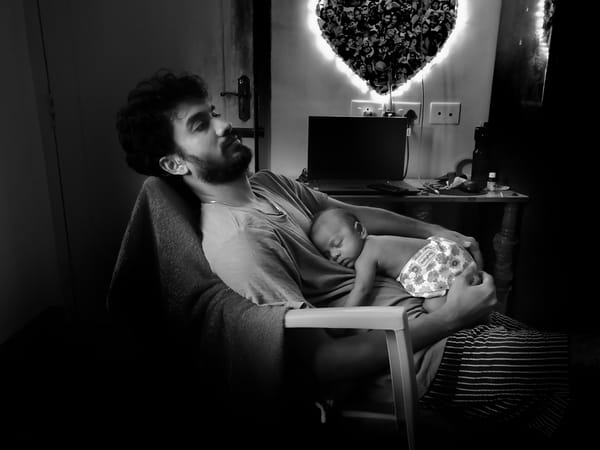Our instinct is to seek out the smallest, most intimate spaces to give birth in. Here, Cathy Williams writes about how to create the ideal conditions for labour.
The birth space was small, but dark and warm. Quiet too, except for the soft moans that escaped every now and then. She moved her body, adjusting her position, responding to some ancient internal knowledge, as the waves of contractions flowed through her. She wanted no one to touch her, to come near her, to observe her even. Just to let her get on with it. The others watched from a distance, out of sight, unwilling to disturb the birth dance.
This was the first birth I ever witnessed, at the age of eight: a neighbour’s cat giving birth in the airing cupboard. We all accept that a cat or dog will find somewhere quiet, warm, dark and out of the way to give birth. I remember the admonishment of my friend’s mum: no one was to make a noise, or go within several metres of the mother cat. She needed to be undisturbed.
It makes sense when you understand the hormones. Biologically, labour is controlled by the most primitive part of our brain, which releases the labour cocktail of oxytocin, endorphins and melatonin. If we are in danger the body releases adrenaline which stops or slows labour till we get somewhere safe. This is true for all mammals, including us. Did you see melatonin in there? Melatonin aids the release of oxytocin, which is the hormone that makes the muscles of the uterus contract. Melatonin is released more at night, or when it is dark. My neighbour’s cat knew it. Instinctively.







